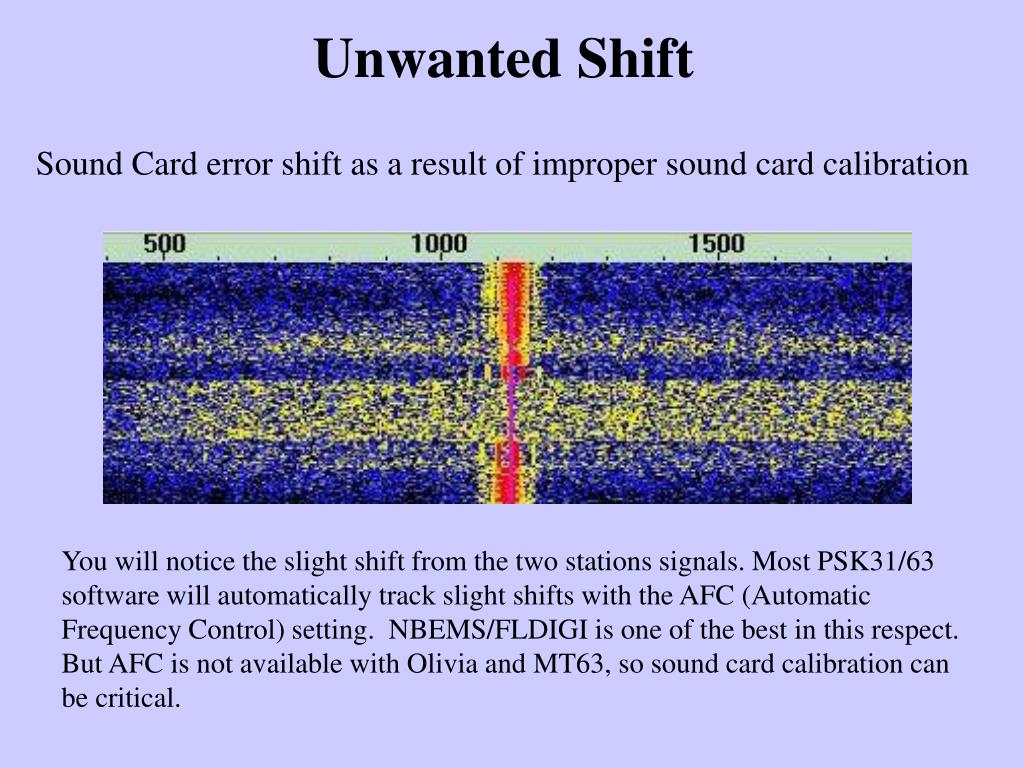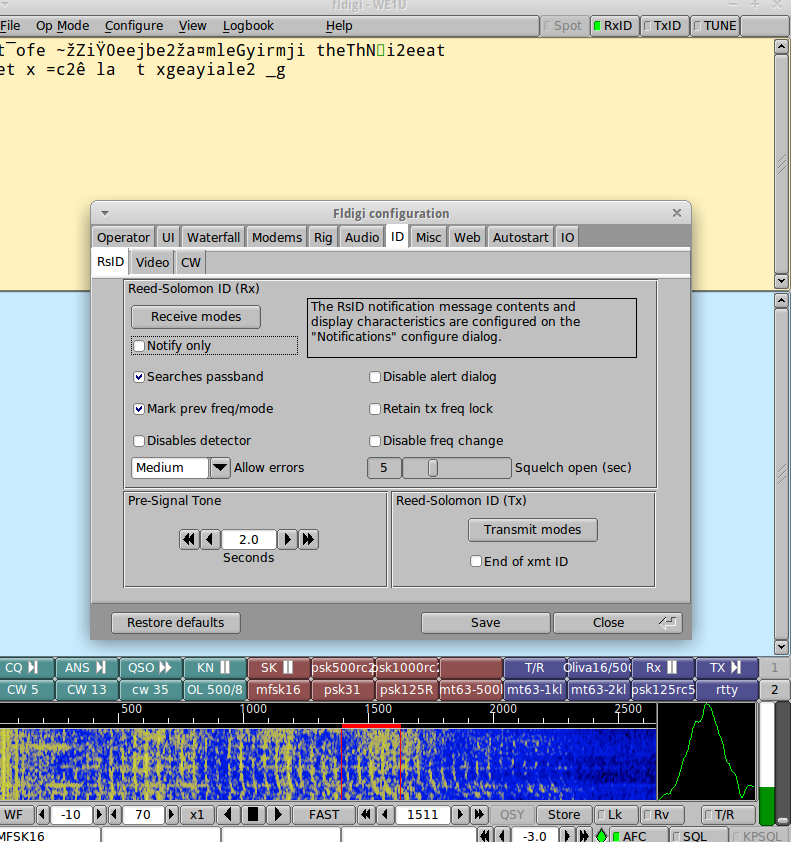

- Fldigi nbems how to#
- Fldigi nbems update#
- Fldigi nbems driver#
- Fldigi nbems manual#
- Fldigi nbems software#
Fldigi nbems manual#
I couldn't see anything in the Fldigi manual that covers using the app with an SDR. At this point, I don't know if it's SDR Sharp or Fldigi that's the problem or something with the way I have my PC setup or a combination of all three. There's no waterfall on Fldigi and only gibberish on the output screen.

Fldigi nbems driver#
I'm trying to get SDR Sharp to "talk" to Fldigi (or Fldigi to "listen" to SDR Sharp) via the free VB audio cable driver when trying to decode for example, a simple RTTY 45/170 signal (the only mode I've so far learned to identify from the sound). There are so many signals and modes available that I wonder if I really need to bother with an SDR device at all. (I'm expecting some antenna components to arrive and while waiting, I've been surfing around on the AirSpy server Network. Meanwhile I thought I'd ask if anyone here can assist. I posted this on the Nbems forum but have received no replies so far.
Fldigi nbems software#
Once these calibrations are applied to the software, no changes should ever have to be made again, unless you change your software to radio interface sound card.Hi, I'm completely new to SDR and decoding but I hope someone suggest something I haven't tried yet to fix this problem. Then click save config, then close.Īlthough this procedure does not seem to be necessary for MT63 2k long on FM, it is advisable that anyone using FLDIGI, regardless of modes used, should perform this procedure immediately following setup. If you had a figure that resulted in a minus from CheckSR, enter the PPM setting with the minus symbol followed directly by the figure with no space. Enter the PPM figures for RX ppm (CheckSR ppm Input figure) and TX ppm (CheckSR ppm Output figure). Keep this record.Ħ) Open FLDIGI, go to configure, defaults, sound card and click on the audio settings tab. After about 15-20 minutes, click stop then write down the resulting figures on input and output for the measurements in Hz and PPM. You will notice that the numbers will progressively stabilize. Next, select the sample rate from the drop down box in CheckSR for the sample rate that FLDIGI showed as “Native” then click start.ĥ) Let the application run for about 15-20 minutes. The playback and capture should be the same.Ĥ) Going back to CheckSR, open the application (if it’s not already open, double click on the desktop icon now) and from the drop down boxes for sound card settings, Input and Output, choose the sound card you are using with FLDIGI. Note: the ‘capture’ sample rate is the only one that seems to have the ‘native’ designation. Under each drop down box, select the sample rate that has (native) listed after it and take note of this figure. Then click the audio settings tab.ģ) Under the audio settings tab, you should see a sample rate drop down box for capture and playback. When you double click on it, once it’s saved to your desktop, it provides the capability of analyzing your sound card offsets and gives you the corrections in parts per million (ppm):Ģ) Open NBEMS/FLDIGI, go to configure, defaults, sound card, audio devices tab and make sure you have the sound card you use for your interface properly selected from the capture and playback drop down choices. This is a small, standalone, application that consist of a single exe file. I do not take any credit for the content or make any claim of accuracy.ġ) Download and save CheckSR.exe to your desktop. If you’re concerned about downloading the exe, it was analyzed by VirusTotal and showed 0 detections.
Fldigi nbems how to#
Unfortunately it only is available for Windows.Ĭheck the Fldigi tag for my posts running it on the Raspberry Pi or how to use Fldigi.

Notes: I had a copy of both the program and the text, I am re-posting both. This post and instructions below will be left for reference and should be considered archived.Īrchive reason: domain expired, server shutdown, or otherwise unaccessible.
Fldigi nbems update#
I’ll update or create a post as time permits with more details. The officially recommended calibration method is to use a time standard such as WWV and WWVB. Update: This is a less effective way of calibrating Fldigi.


 0 kommentar(er)
0 kommentar(er)
